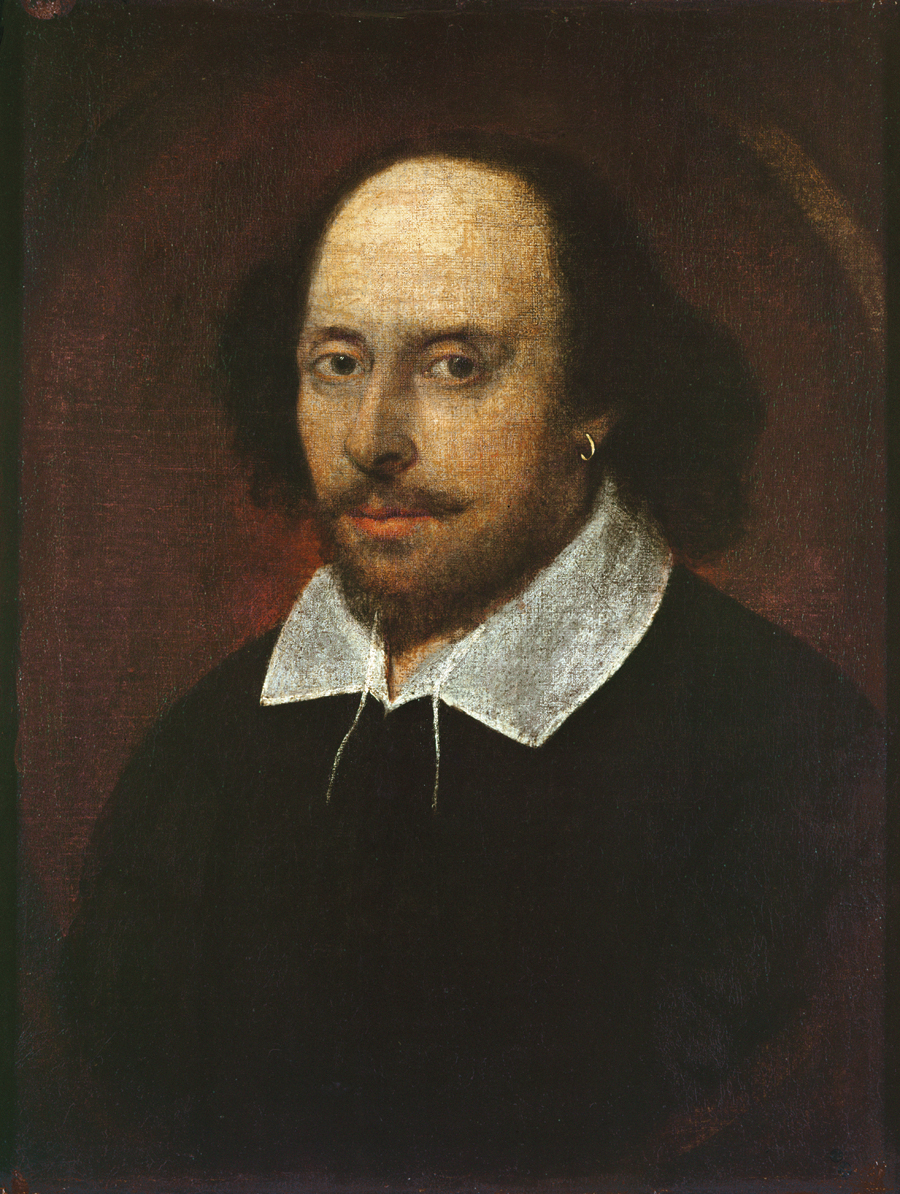King Lear is a five-act play by the English dramatist William Shakespeare. It stands as one of his greatest tragedies and is one of the greatest pieces of writing in the literature of any country. The play belongs to the third period of Shakespeare’s artistic development. Experts believe that he wrote it in 1604 or 1605. It was staged at court in 1606. The play was first published in 1608, and a revised version of it appeared in 1623.

King Lear is based on several sources. They include The True Chronicle of King Leir, a play by an unknown contemporary of Shakespeare’s; the Chronicles (1577) of the English historian Raphael Holinshed; and a collection of tragedies called A Mirror for Magistrates (1559). The subplot of the play, concerning the Earl of Gloucester, was developed from a story in Sir Philip Sidney’s verse and prose romance Arcadia (1580).
The main plot of King Lear concerns Lear, an aged and willful king of ancient Britain. He prepares to divide his kingdom among his three daughters, Regan, Goneril, and Cordelia. Lear becomes angry when Cordelia, his youngest daughter, refuses to flatter him to gain her portion of the kingdom. He rashly disinherits her and divides her share between her sisters. Cordelia is married off to the king of France, who accepts her without a dowry. In addition to his cruel treatment of Cordelia, Lear also exiles his trusted adviser, the Earl of Kent, for supporting her.
Regan, who is the wife of the Duke of Cornwall, and Goneril, the wife of the Duke of Albany, soon show their ingratitude. They deprive Lear of his servants and finally force him to spend a night outdoors during a storm, accompanied only by his jester, known in the play as the Fool. Lear’s sanity begins to suffer under the strain. But as he approaches madness, he finally sees his errors and selfishness. The faithful Kent, wearing a disguise, finds the now insane Lear and takes him to Dover, where Cordelia has returned from France and receives him. Lear recovers his sanity and recognizes her. Meanwhile, a French army has invaded Britain and is routed by the British forces. The victorious British army captures Lear and Cordelia, who is put to death. Meanwhile, Goneril has poisoned Regan in a bitter quarrel over a man they both love and then killed herself. Order is finally restored in the kingdom. But Lear dies of a broken heart as he kneels over the body of Cordelia.
A subplot skillfully woven by Shakespeare into the main story concerns the Earl of Gloucester, a nobleman in Lear’s court. Gloucester makes the mistake of banishing his faithful son, Edgar, and trusting his wicked son, Edmund. Edmund soon betrays his father by falsely accusing him to Regan and Cornwall of being in league with the French. Cornwall blinds Gloucester but, in the process, receives a fatal wound from a servant trying to protect Gloucester. Edgar, disguised as an insane beggar, discovers his blind father and comforts him. Gloucester eventually realizes his errors and especially his lack of concern for people less fortunate than himself.
In King Lear, Shakespeare created the brilliant characterizations that mark his dramas at their best. The characters realize their mistakes, but they do so too late to prevent their destruction and that of the people around them.
